Hello fish enthusiasts! 🐟
Koi fish (Cyprinus rubrofuscus, domesticated variety of the common carp) are among the most iconic and admired freshwater pets in the world. Known for their vibrant colors, graceful swimming, and cultural symbolism, koi are a centerpiece in water gardens and backyard ponds across the globe. Unlike smaller aquarium fish, koi require dedication, planning, and the right environment to thrive.
In this detailed review, we will explore everything you need to know about koi fish—from their personality and care needs to pond requirements, costs, and potential challenges. Whether you are thinking of adding koi to your pond or simply curious about these living jewels, this guide will give you a clear and comprehensive overview.
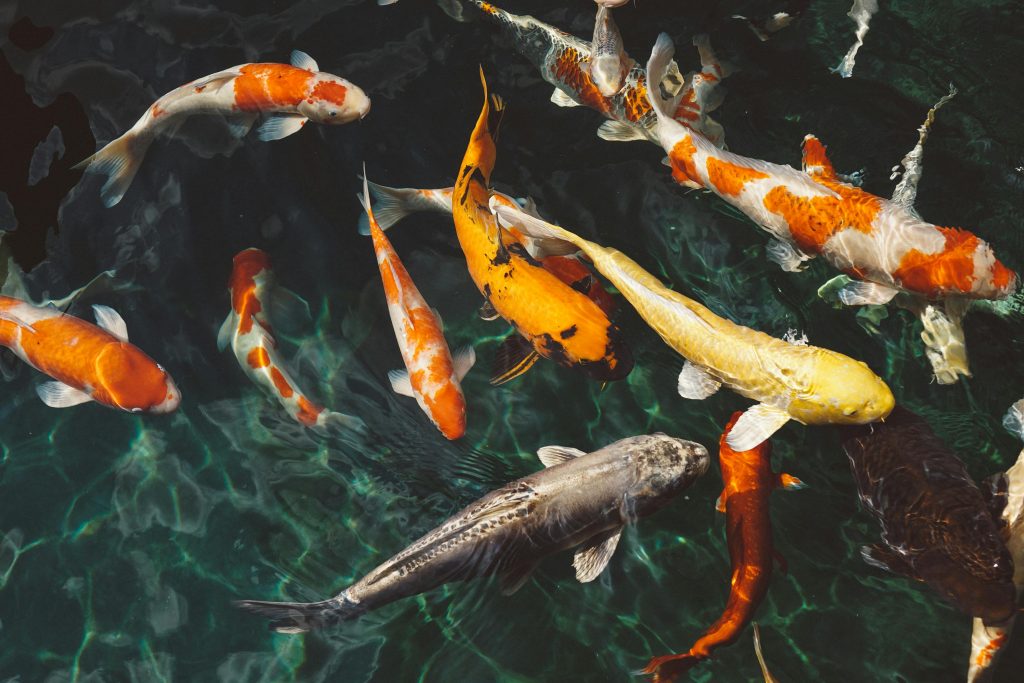
Overview
Koi fish are ornamental varieties of the common carp that have been selectively bred in Japan and China for centuries. They can grow very large, live for decades, and are considered symbols of prosperity, perseverance, and beauty. Below is a quick summary of what makes them stand out:
- Handling and Temperament: Friendly, intelligent, and interactive; some can even recognize their keepers.
- Care and Maintenance: Require large ponds, high-quality filtration, and seasonal feeding adjustments.
- Health and Durability: Hardy but susceptible to water quality issues and viral infections.
- Availability: Widely available through breeders, koi farms, and specialty retailers.
- Cost: Affordable entry options, but rare varieties can cost thousands of dollars.
- Overall: A rewarding but high-commitment pet for fish lovers with the space and resources.
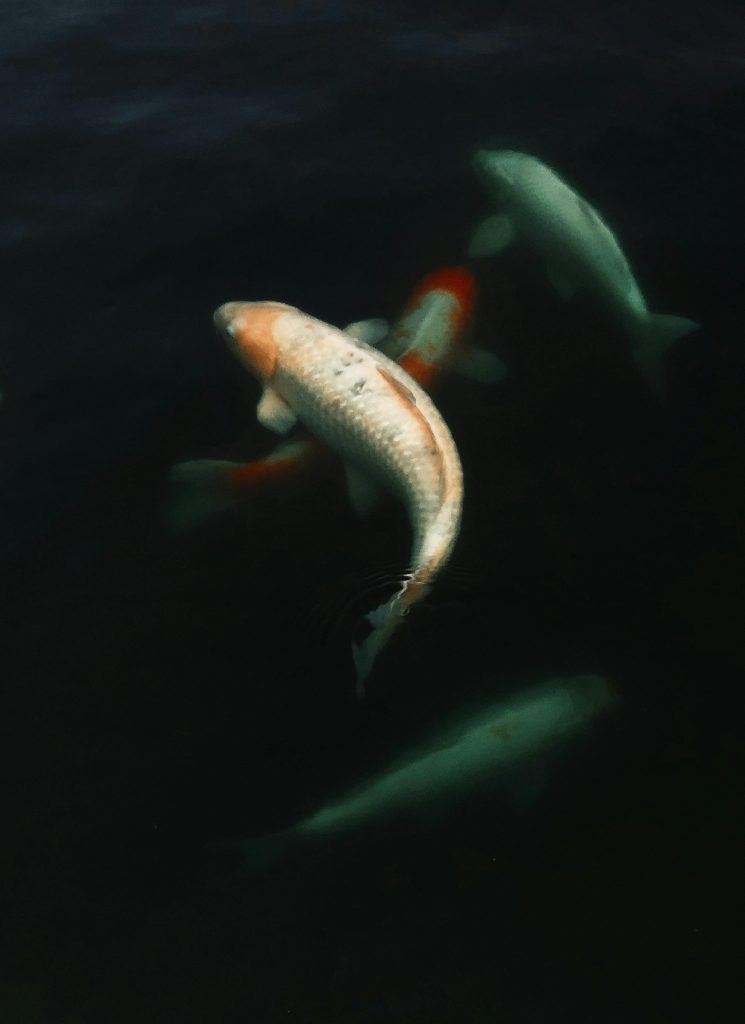
Why Choose Koi Fish?
Koi fish are more than just pets; they are living works of art that add elegance and tranquility to any outdoor space. They are social, intelligent, and often learn to eat from their caretaker’s hand, making them interactive companions.
Because koi can live 30–40 years on average (with some even exceeding 50 years in ideal conditions), they are a long-term commitment. Their large size—typically 24–36 inches (60–90 cm) when fully grown—means they are best suited for ponds rather than aquariums.
Koi are ideal for individuals or families who:
- Enjoy maintaining a pond or water garden.
- Want colorful, long-lived pets.
- Appreciate animals that become part of outdoor living spaces.
- Are ready to invest in proper care, space, and equipment.
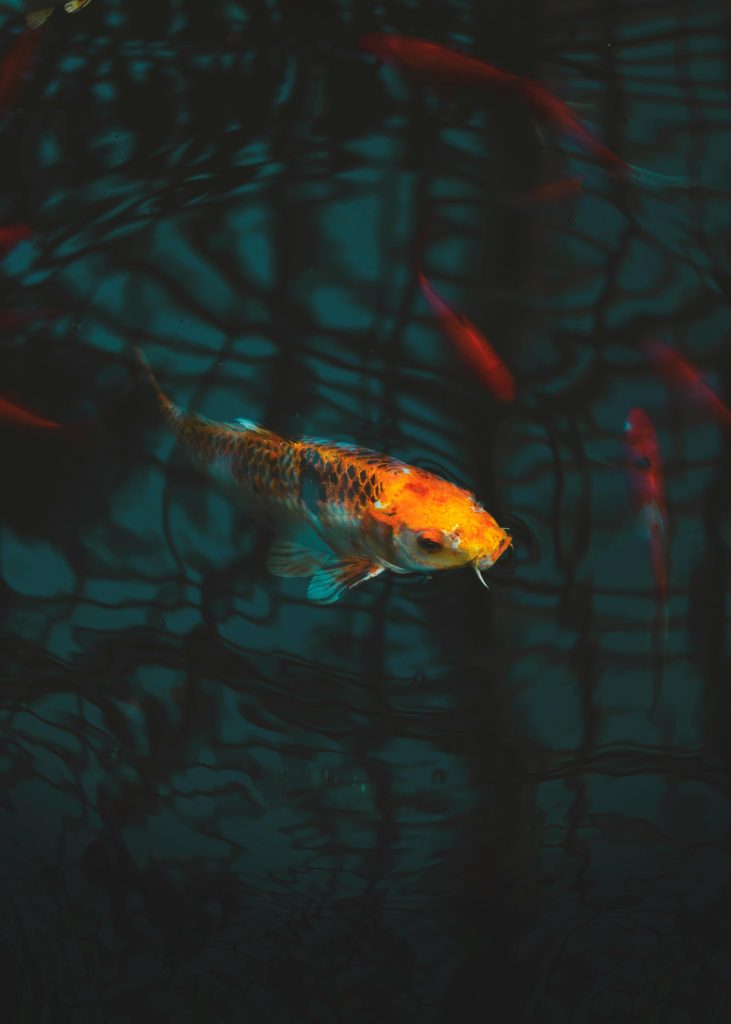
Handling and Temperament
Unlike reptiles or mammals, koi are not handled in the traditional sense, but they do form bonds with their keepers. With time and consistent feeding, koi will learn to recognize the person who feeds them and often come to the surface when approached. Many koi can be trained to:
- Eat from your hand – a favorite feature among pond owners.
- Respond to signals – such as tapping the water.
- Show personality – some koi are bold and outgoing, while others are more reserved.
Behavioral Notes
- Koi are peaceful and do not fight with each other.
- They thrive in groups and should never be kept alone. A minimum of 5 koi is recommended for healthy social interaction.
- They are naturally curious, often exploring every corner of their pond.
Koi are not aggressive toward humans or other pond-safe species, making them excellent pets for families and garden enthusiasts.
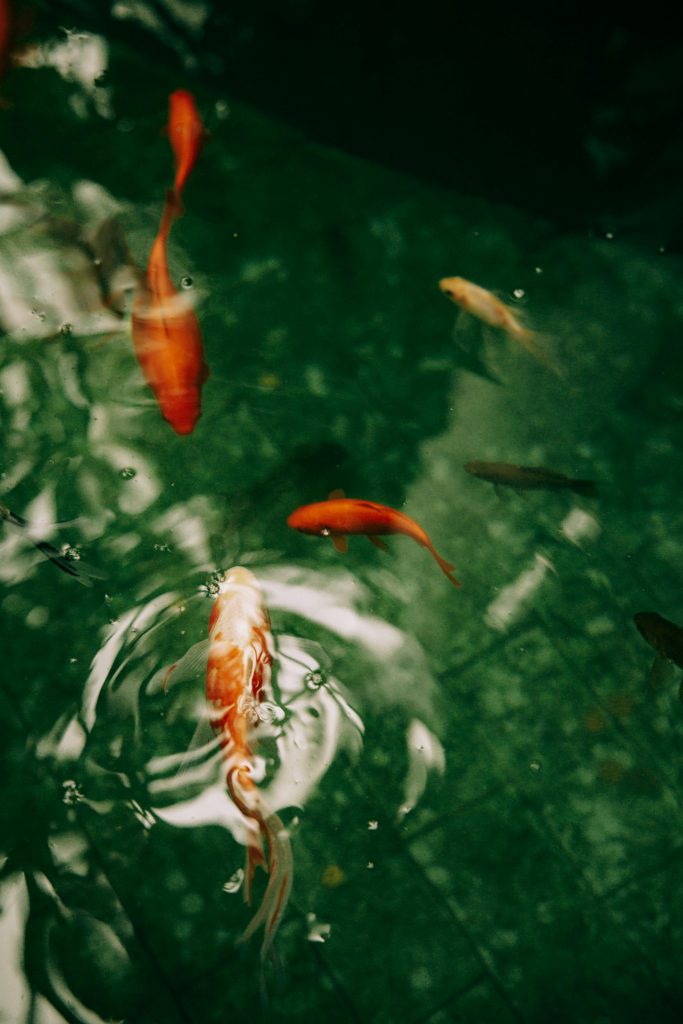
Care and Maintenance
While koi are hardy, they require careful planning and consistent pond maintenance. Here’s what to know:
Pond Setup
- Minimum Size: 250 gallons for a small koi, but realistically, a proper koi pond should start at 1,000 gallons or more. Larger ponds of 3,000–10,000 gallons are common for serious keepers.
- Depth: At least 3 feet (90 cm) deep, with 4–6 feet (120–180 cm) preferred in colder climates to prevent freezing.
- Space Rule: Allow about 250 gallons of water per adult koi. This ensures enough oxygen and swimming space.
Filtration & Water Quality
Because koi produce significant waste, filtration is essential.
- Mechanical Filters remove debris.
- Biological Filters support beneficial bacteria that break down ammonia and nitrites.
- Water Circulation: Choose a pump that can cycle the full pond volume once per hour.
- Plants: Aquatic plants like water hyacinth, duckweed, and hornwort can provide natural filtration and oxygen.
Temperature and Environment
- Ideal Range: 65–75°F (18–24°C).
- Cold Tolerance: Koi can overwinter in outdoor ponds if the depth is sufficient to prevent complete freezing. Below 40°F (4°C), koi enter a semi-hibernation state.
- Heat Risks: Water above 85°F (30°C) holds little oxygen, so aeration is critical in hot climates.
Feeding and Diet
Koi are omnivores and bottom feeders. In the wild, they eat insects, algae, plankton, and plants. In captivity:
- Staple Food: High-quality commercial koi pellets (brands like Hikari or ProBites).
- Seasonal Feeding:
- Summer: High-protein growth diet.
- Fall: Wheat germ–based food to prepare for winter.
- Winter: Stop feeding below 50°F (10°C), as koi’s metabolism slows drastically.
- Treats: Fresh fruits, vegetables, and live insects in moderation.
Feeding koi by hand strengthens trust and is one of the most rewarding aspects of keeping them.
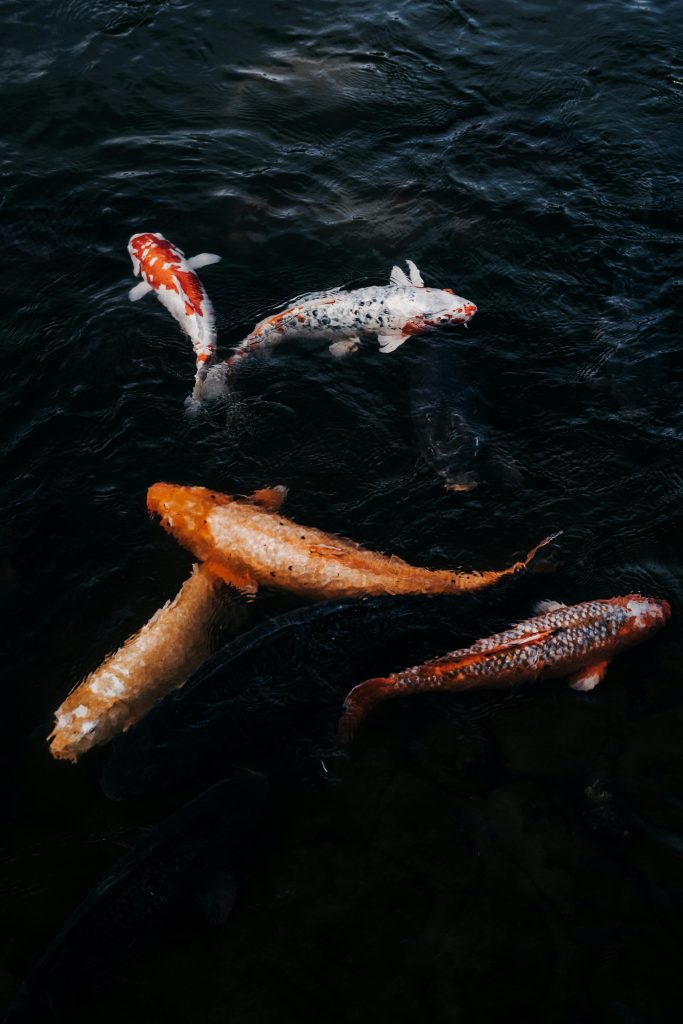
Health and Durability
Koi are relatively hardy fish but are vulnerable to poor water quality and certain diseases.
Common Issues
- Koi Herpes Virus (KHV): Highly contagious, with up to 80% mortality. Always quarantine new koi for 2 weeks before adding them to your pond.
- Parasitic Infections: Often caused by overcrowding or lack of filtration.
- Sunburn: Shallow ponds without shade can cause skin damage.
- Poor Growth or Organ Stress: Happens if koi are kept in cramped conditions.
Preventative Care
- Maintain clean water and strong filtration.
- Quarantine all new fish.
- Keep ponds deep enough to deter predators like herons, raccoons, and egrets.
- Add shade or floating plants to protect koi from direct sunlight.
With proper care, koi can thrive for decades, becoming multi-generational pets.
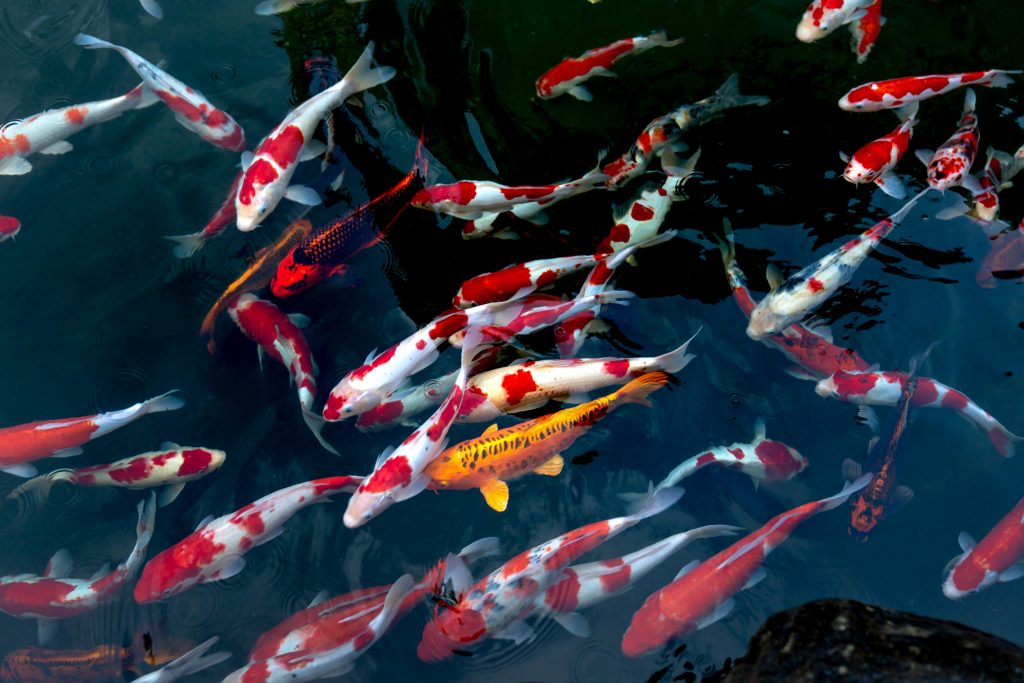
Availability and Cost
Koi are widely available, from backyard breeders to large international koi farms. Prices vary depending on size, quality, and rarity.
Where to Buy
- Specialty Breeders and Koi Farms: Best option for healthy, well-bred koi.
- Garden Centers or Pond Shops: Common source for entry-level koi.
- Online Retailers and Auctions: Convenient, but always research the seller’s reputation.
Price Range
- Standard Koi: $20–$50 each.
- High-Quality Varieties: $100–$500.
- Show-Grade Rare Varieties: Can reach thousands of dollars per fish.
Setup Costs
- Basic Pond (1,000 gallons with filter): $1,000–$3,000.
- Advanced or Large Pond (5,000+ gallons): $5,000–$15,000+.
- Ongoing Costs: Food, water treatments, and electricity for pumps and aeration.
While the initial investment can be significant, koi ponds are often seen as permanent landscape features that increase the beauty and value of a property.
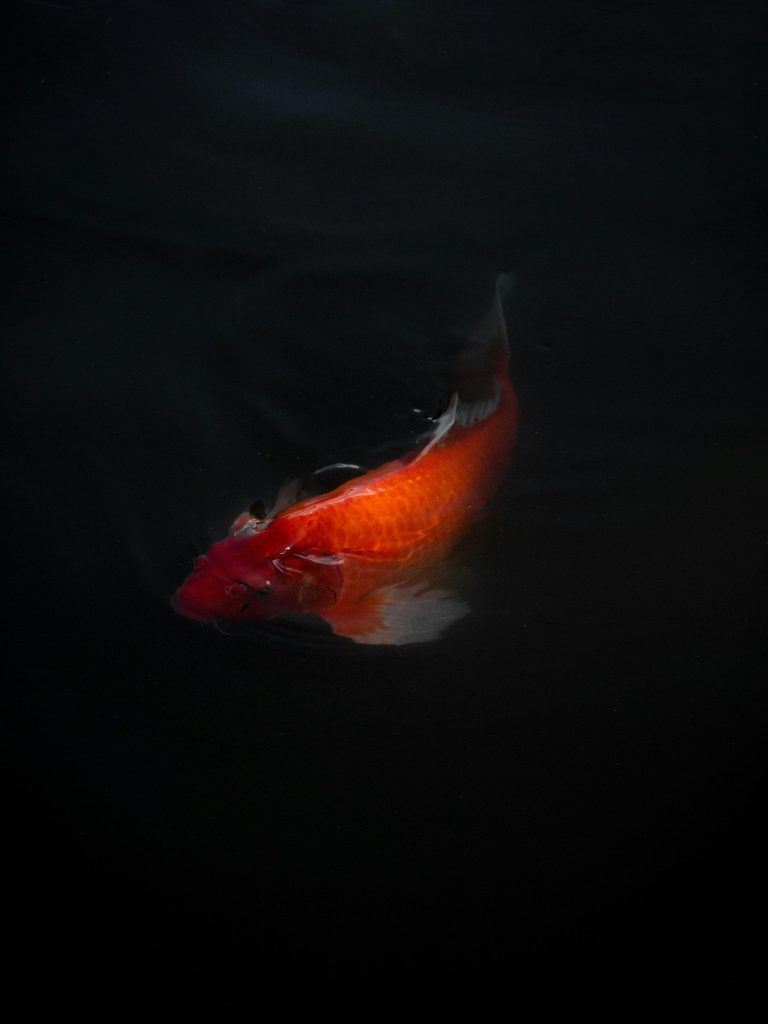
Pros and Cons
Pros
- Beautiful, colorful, and highly symbolic pets.
- Long lifespan (30–40 years, sometimes longer).
- Intelligent and interactive—can be hand-fed.
- Peaceful temperament and suitable for community ponds.
- Add aesthetic and calming value to outdoor spaces.
Cons
- Require large ponds and significant space.
- High setup and maintenance costs.
- Vulnerable to predators and certain diseases.
- Not suitable for small tanks or casual keepers.
- Long-term commitment spanning decades.
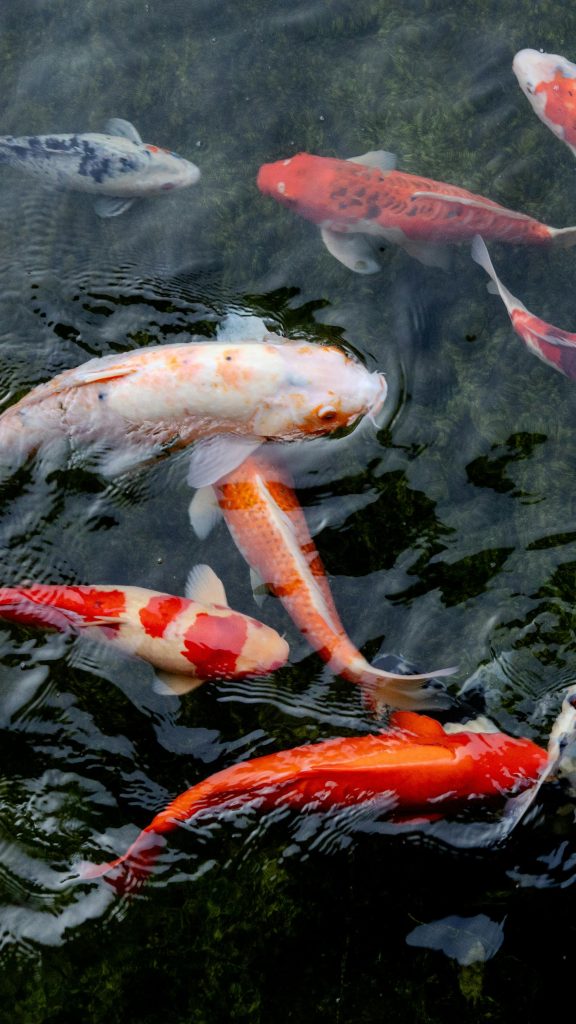
Final Thoughts
Koi fish are not just pets; they are living art forms that transform ponds and gardens into vibrant sanctuaries. Their beauty, longevity, and personalities make them some of the most rewarding aquatic pets one can keep. However, they demand space, resources, and careful attention to thrive.
For those ready to invest in the proper environment, koi will provide decades of joy, interaction, and elegance. They are best suited for dedicated hobbyists, garden enthusiasts, and families who see the pond as part of their home’s landscape and lifestyle.
If you are considering koi, we recommend starting with a properly sized pond and joining a local koi club or community. Learning from experienced keepers will help you avoid mistakes and make your koi journey smoother.
Koi fish truly embody patience, prosperity, and beauty—qualities that enrich any home that welcomes them. 🐟
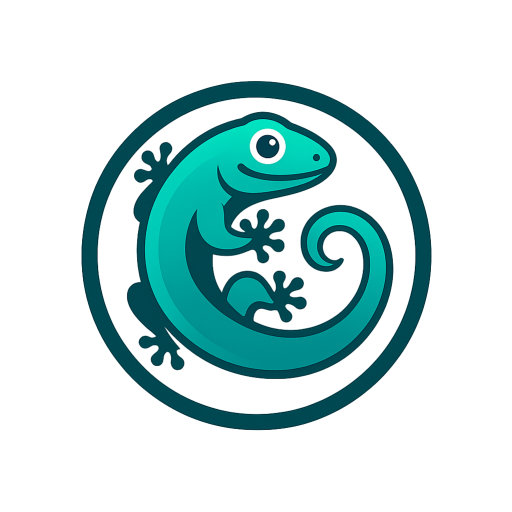
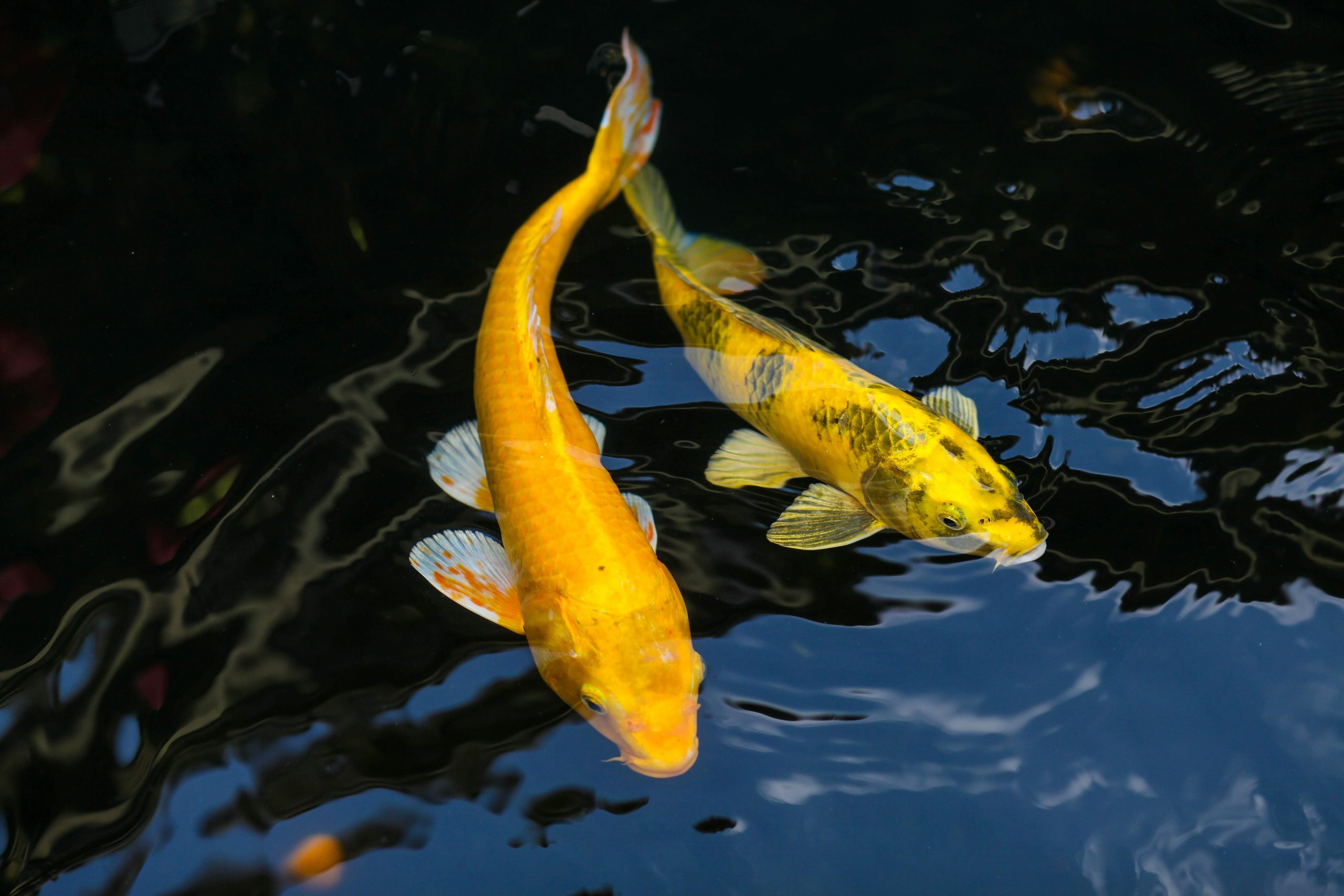

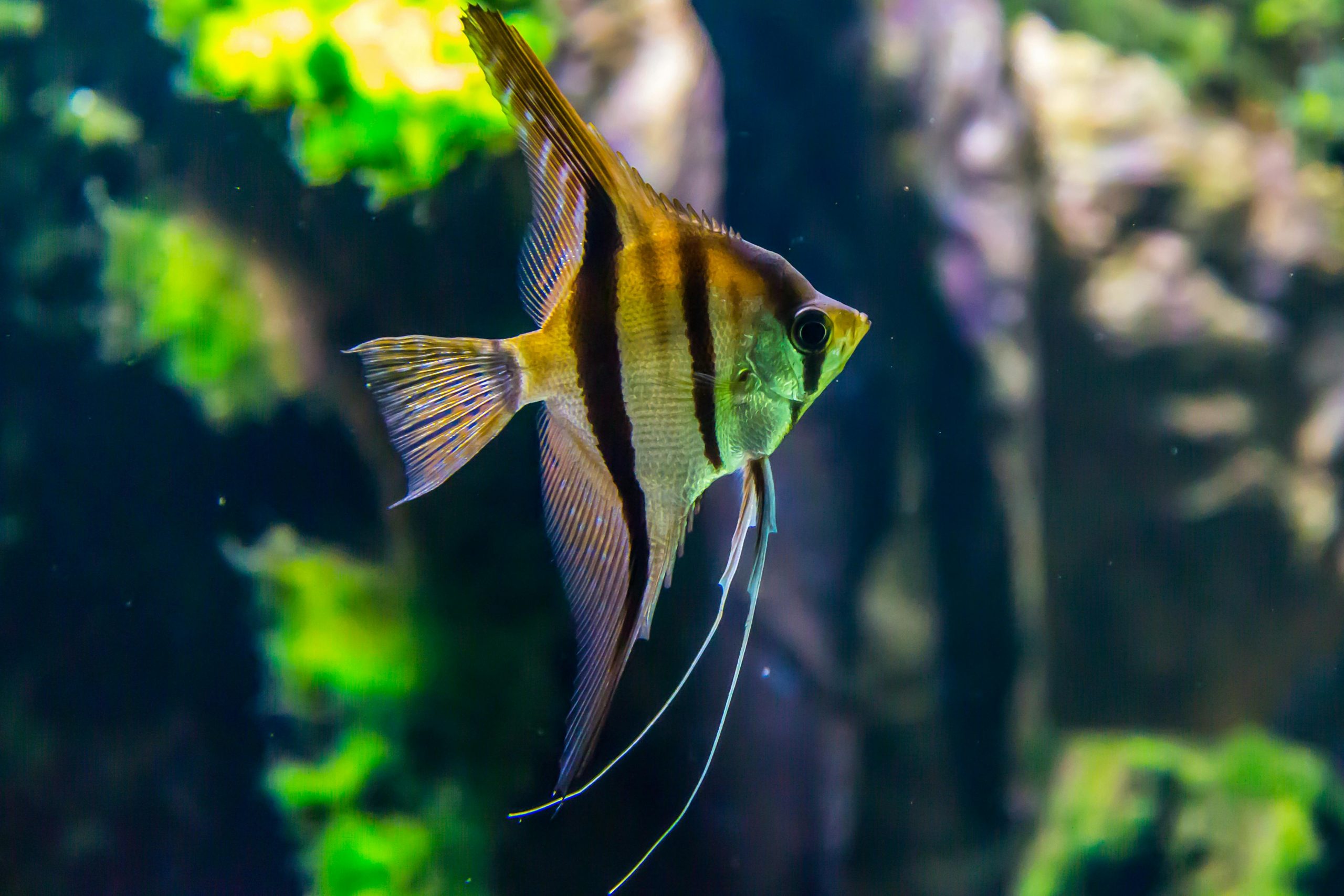
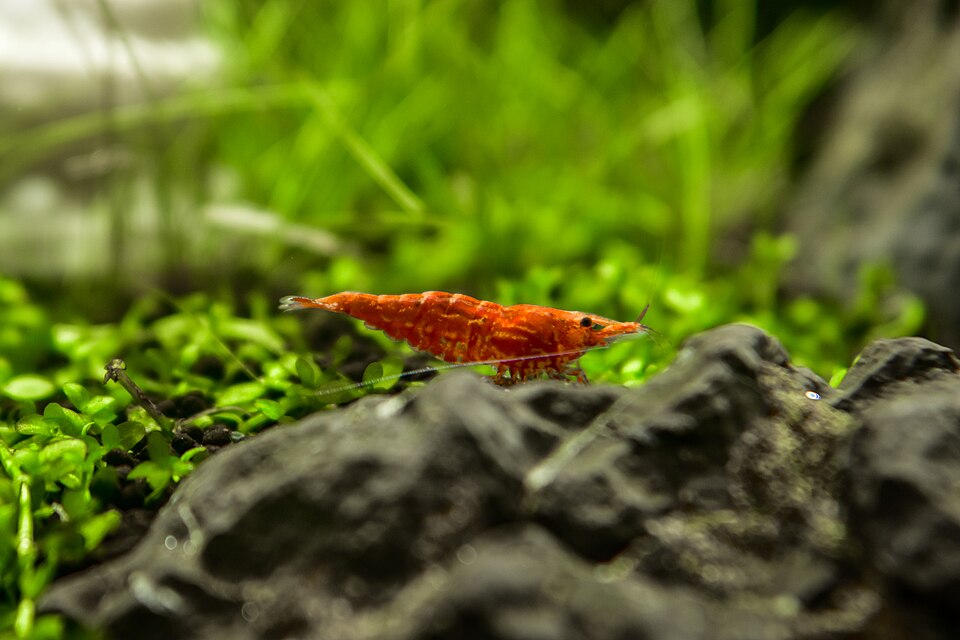


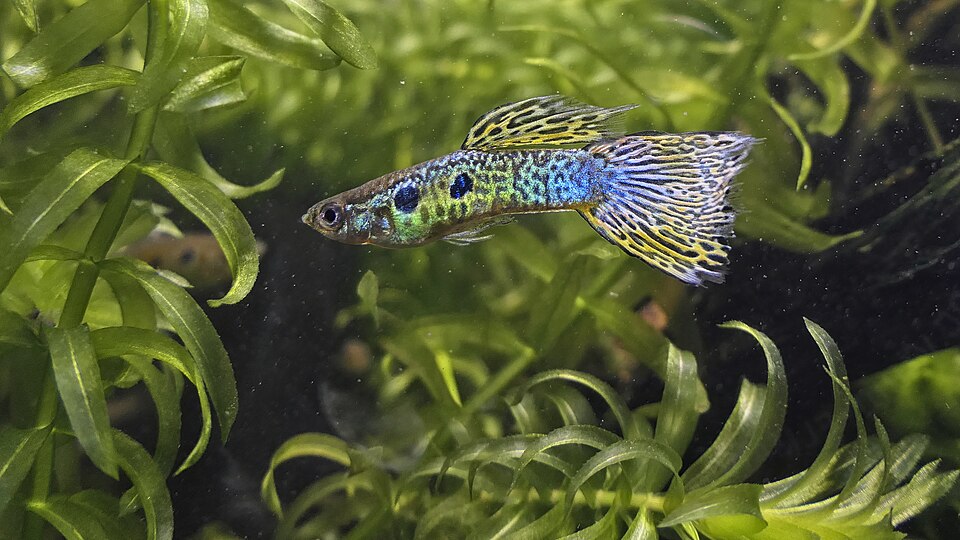
Leave a Reply